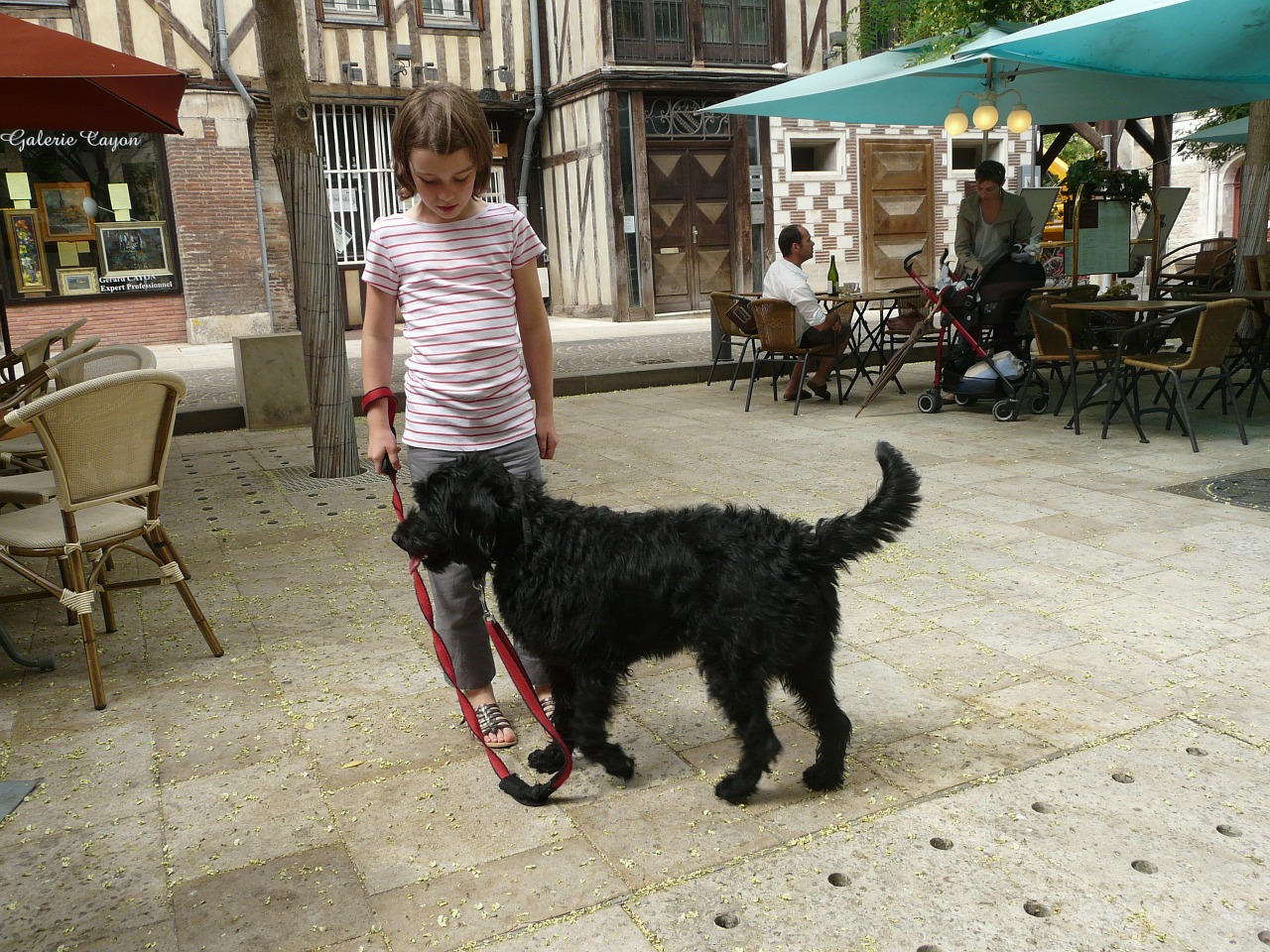Even if your dog has been used to children in the past, it will still need to get used to your own children.
Help to prevent your pet feeling overwhelmed by making sure that your dog approaches your children rather than the other way round. This should help your dog to feel more relaxed and less threatened and he is less likely to snap in self-defence.
Your children should try to encourage the dog to approach them by offering a toy to play with. If the dog is happy to approach, then they can stroke the dog under the chin to start with. It is best to avoid patting on the head and tell them that it’s important not to stare at the dog as some dogs find this very threatening. Make sure that you closely supervise these contacts as a small child could feel quite overwhelmed if the dog jumps up.
Some dogs are not happy to be cuddled or hugged so take things slowly at first and over time this may be a possibility.
Children need to be taught to respect your dog and they should not treat it as a toy. A new dog may be upset by high pitched squealing so try to keep your children calm and give your dog space away from the youngsters for a length of time. Children should never tease or bully a dog and you should not allow your dog to jump up at them or nip them in play.
Be particularly vigilant when the dog is eating. You dog should be allowed to eat in some peace away from children. You will also have to take more care if your dog is elderly or hard of hearing as a sudden approach may frighten them and cause them to bite in self-defence.
It is never advisable to leave young children alone with your dog, even if you think that you know your own dog very well.





